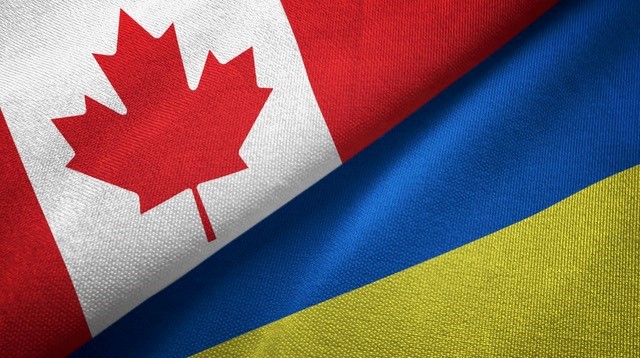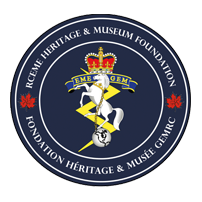
British Armourers circa 1900

WW1 Mobile Workshop

Beach Recovery, Normandy, 1944

Tank Recovery, Korea, circa 1953
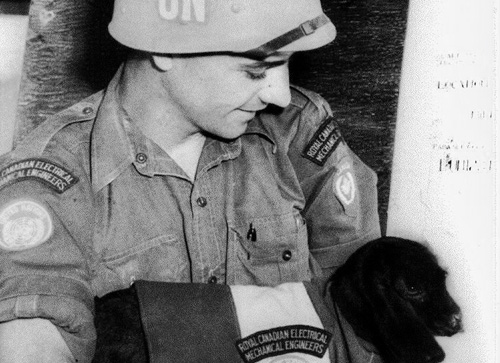
RCEME UN Mascot – circa 1962
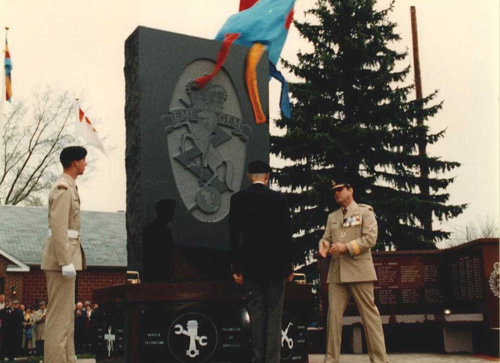
RCEME 50th Anniversary, Borden, 1994
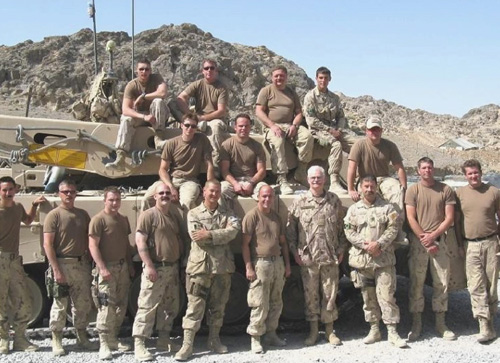
Ma’Sum Ghar, Afghanistan, 2008
Arte et Marte – By Skill and By Fighting
(With the kind permission of the REME Connect website and Maj (Ret’d) Doug Knight, RCEME)







